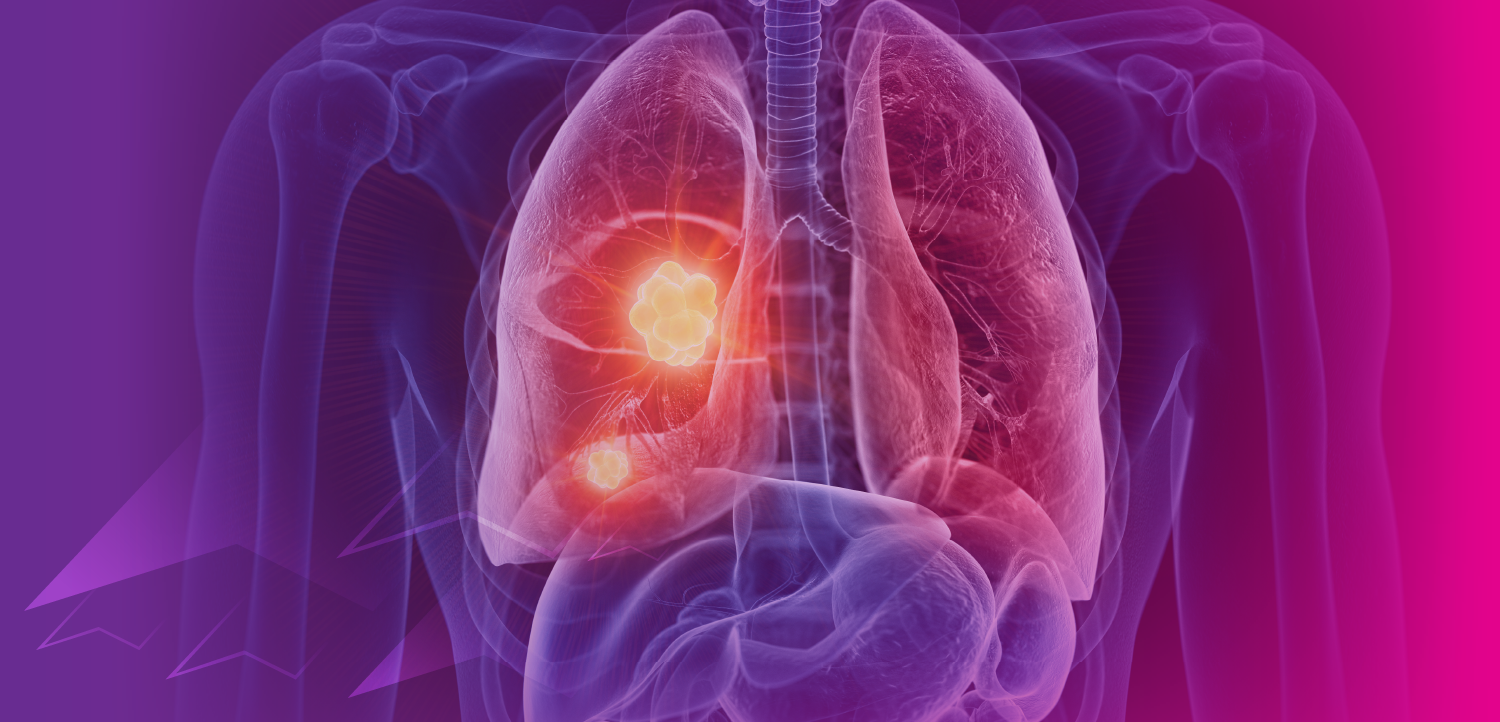
Interventions to Promote Physical Activity Among PLWH Are Critical
People living with HIV are twice as likely as those who do not have HIV to develop cardiovascular disease, yet recent data suggest this population does not meet recommended levels of physical activity.
Cardiovascular disease is a leading cause of death among people living with HIV (PLWH). In fact, PLWH are twice as likely as those who do not have HIV to develop cardiovascular disease.
Physical activity is important for overall health and is recommended as a cost-effective strategy to reduce risk of cardiovascular risk; however, recent data suggest that PLWH do not engage in recommended levels of physical activity. This may be linked to HIV-related factors such as diminished physical capacity, higher rates of fatigue and sleep disturbance, which may persist in PLWH.
In a new study, a team of investigators from the University of Cincinnati and Case Western Reserve University set out to compare physical activity and functional capacity (estimated VO2Peak) between 51 PLWH and a group of 49 age and gender-matched individuals who did not have HIV. Their findings were presented in a poster session at the Association of Nurses in AIDS Care Conference (
The participants were predominately African American (85%), male (52%) and had a mean age of 52.26 years. As part of the cross-sectional cohort study participants completed a supervised 6-minute walk test and a 7-day physical activity recall to provide estimations on light, moderate, and vigorous activity. The investigators report using Ross’s equation to estimate VO2Peak from the distance achieved on the 6-minute walk (VO2Peak (ml/kg/min) = 4.948 + 0.023 x 6-minute walk [meters]; SEE=1.1 ml/kg/min).
Additionally, the investigators used Spearman’s Rho correlations and linear regression models to assess relationships between key variables. Descriptive statistics were used to report on demographic data and test assumptions and Lambert’s et al. Feasible Solution Algorithm was used to test for interaction effects between variables.
The investigators report that there were no significant observable differences between the 2 groups for age, gender, race, total distance in the 6-minute walk test, or vigorous physical activity. However, PLWH had lower BMI that the individuals who did not have HIV (P < 0.05).
“In our regression model, we found a significant interaction effect between HIV status and minutes of vigorous physical activity on VO2Peak when controlling for BMI, F(4, 94)=6.456, P <0.01,” the authors wrote.
PLWH achieved lower VO2peak than individuals who did not have HIV despite having comparable levels of physical activity engagement.
Based on these findings the authors concluded that PLWH may require greater engagement in physical activity to yield the same results as individuals who do not have HIV. Therefore, it is critical to develop interventions to promote physical activity in this population.
The abstract, Diminished Functional Capacity in People Living with HIV, was presented in a poster presentation on Thursday, November 7, at ANAC 2019 in Portland, Oregon.
Newsletter
Stay ahead of emerging infectious disease threats with expert insights and breaking research. Subscribe now to get updates delivered straight to your inbox.










































































































































































































































































































